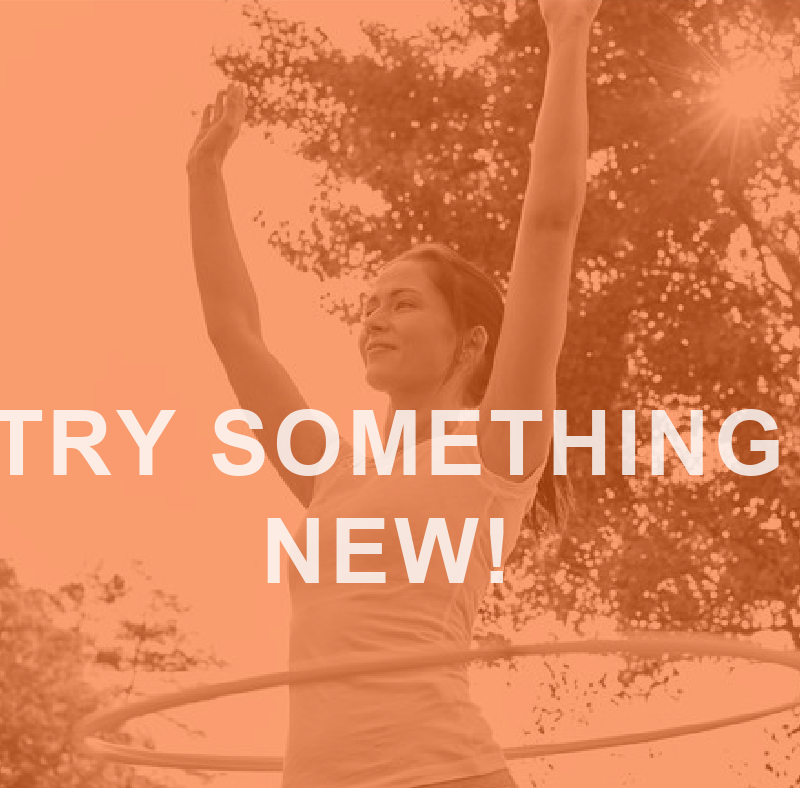
“Turning over a new leaf” is a well-known idiom implying change. Change is trying something new and adapting to it. Some refer to this act of change as turning the page or starting a new chapter. Turning or starting is the effort to make it happen. Such phrases are usually in reference to making a positive difference and moving forward. Personal trainers can nudge clients to step out of their comfort zone embracing uncharted fitness territories. Here’s the why, what, and how this can work.
Why Try Something New with Personal Training Clients?
Albert Einstein said it best: “Insanity is doing the same thing over and over again, and expecting different results.” Shaking up the fitness routine helps:
• break the boredom.
• challenge the brain
• challenge the body
• target new muscle groups
• provide meditative benefits by concentrating on doing something new
• give a sense of accomplishment by mastering a new exercise
Try What?
It is certainly easier to do the same exercise routine repeatedly because we are used to it. We don’t have to think of what to do or how to do it. Much like going on autopilot, you just go through the motions of your routine. Doing the same thing over and over may be simple, but it can be boring and ineffective. It does not always get the desired results.
Muscle memory allows us to do a familiar exercise easily. It takes less effort. Trying something new works the brain as it figures out how to do the new exercise. Fire up the neurons and engage the brain with the body.
How to Try Something New
Encourage clients to take a new fitness class. Explain what to expect and the style of class. If the client is intimidated, consider taking the class with them. Clubs offer so much now, like Pilates, Tai Chi, yoga, Zumba, bootcamp, HIIT, cycle/spin, water aerobics, kickboxing, barre, run clubs, and so many others. Other than advanced classes, most instructors welcome new students to their classes.
Meghan Helms, a 200hr RYT, Usui/Holy Fire®️ Reiki Master commented on new students trying yoga. “I’ve had new students come to my yoga classes after always wanting to try it and they find out how accessible it is for everyone. They realize that they don’t have to be able to get into a ‘pretzel’ to enjoy the benefits of yoga,” Helms said. “All you have to do is be willing to come to your mat and see what unfolds. Letting go of expectations makes all the difference.”
Switch up your client’s training sessions to add variety. One way to try something new with your clients is by using a familiar exercise in a different way.
• Instead of exercises on the floor, like squats, do it on a half-dome ball or with suspension cables.
• Exercise with eyes closed as appropriate.
• Modify old-school workouts to suit today: jumping rope, hopscotch, hula hoop, windmills, jumping jacks, and skipping. Not only is this great cardio, but going old-school evokes memories of playgrounds and days of youth to make it fun.
• Bring out new “toys” like sleds, ropes, agility ladders, and sliders that may not be used on a regular basis. Switch up the gym toy box.
• Incorporate circuits to add variety
•Change locations. If you typically train indoors, take it outside if weather permits.
Results
Trying something new with regard to exercise is bound to offer results. Whether it’s a new-found love of an exercise class or a new way to workout, it is a new start. By working muscles in different ways, it challenges clients and makes the experience of working out far more interesting.
References:
https://www.shape.com/lifestyle/mind-and-body/benefits-of-trying-new-things
https://healthworksfitness.com/2017/07/31/muscle-memory-work/
https://www.dynamicsc.com/blog/6-Ways-to-Add-Variety-to-Your-Workouts
https://tfliving.com/2020/03/13/10-popular-group-fitness-classes-and-what-to-expect-if-you-go-to-one/






